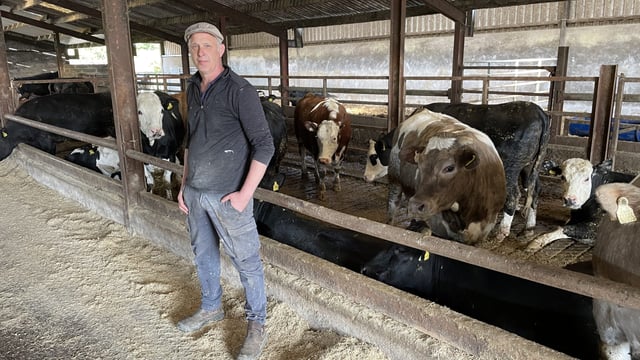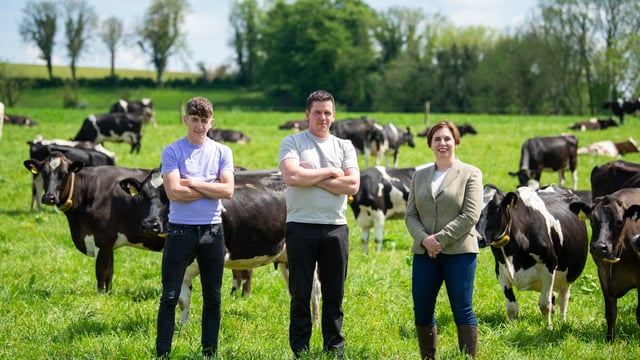Grass growth rates begin to pick up as few farms fall into deficit
It has been a strange few weeks in terms of grass growth and covers, as the recent dry weather led to soil moisture deficits which put grass under pressure and quality hard to manage.
Over the last 10 days or so, there has been a lot of rain, which has turned the soil moisture deficits around but grass has still been slow enough to respond despite the moisture and decent soil temperatures of 11-13℃.
However, moisture in the ground does seem to be improving grass growth in the last few days and is hopefully recovering the poor start that early spring reseeds got.
There are still a fair number of farmers who are in a grass deficit on farms, while the majority of farmers are experiencing a surplus, indicating that the situation is varying hugely from farm to farm.
As we have seen over the last few weeks, is that farms can go from a deficit to a surplus in a matter of days, which highlights the need for walking the farm every four to five days so decisions can be made around correcting grass quality, or quickening or slowing up the rotation.
For farmers in a surplus, they need to assess their situation to see if surplus paddocks need to be taken out for bales, do paddocks need to be topped or pre-mowed to ensure quality three leaf stage grass with a cover of 1,400kg dry matter (DM)/ha are being grazed.
A drop in protein is a result of farmers grazing covers over 1,500kg of DM/ha and if cows are not allocated enough grass, this will also cause an impact on protein levels and cows may need to be supplemented to extend the grazing rotation.
Grass growth last week according to Pasturebase Ireland was at 65kg DM/ha/day with the average dairy farm sitting at an average farm cover (AFC) of 699kg DM/ha or 197kg DM/livestock unit (LU).
The typical diet across the country of those who record data on Pasturbase Ireland is 15kg of grass DM with 4kg of meal, and cows are going into pre-grazing cover 1,598kg DM/ha, which is too high and going to affect milk performance.
It is not unusual for farmers to be losing out on protein content during June as it is when farmers usually find it hard to keep quality ahead of cows. Many lose out on about 0.2% of milk protein in June every year, which needs to change.
Not only are grazing these covers going to have an impact on milk quality but also on grass recovery and clean outs.
Farmers should ideally be sitting at 160-180kg DM/LU and above this threshold, ideally, strong paddocks should be take out for surplus bales to ensure cows are grazing covers of 1,300-1,400kg DM/ha.
If cover/LU is over 200kg DM/LU, then demand on the farm needs to be increased which can be done through feeding less meal or taking paddocks out of the rotation for surplus bales of silage.
If the farm is comfortably over the 160kg DM/LU, then farmers need to ensure that cows are given 36-hour allocations if possible to allow for optimum intakes.
Pasturebase Ireland data shows that 25% of farms are in a grass deficit at the moment, meaning they are under the 160kg DM/LU threshold and under an AFC of 600kg DM/ha.
Farmers can reduce their demand by allocating more area to the grazing rotation, as maybe a paddock or two after first cut may be available to graze, or maybe up the meal intake for a week or two.
However, with the moisture in the ground and soil temperatures still high, grass growth should begin to get back to normal levels, so the situation needs to be closely analysed.
No matter what covers are on farms, farmers should continue getting out a small bit of nitrogen (N) of about 18-20 units (22-25kg N/ha) with a bit of sulphur (S), so ideally protected urea + S product after each grazing.
If clover content in paddocks is over 20%, then farmers should reduce N application or just go out with soiled water at a rate of 2,000gal/ac.





